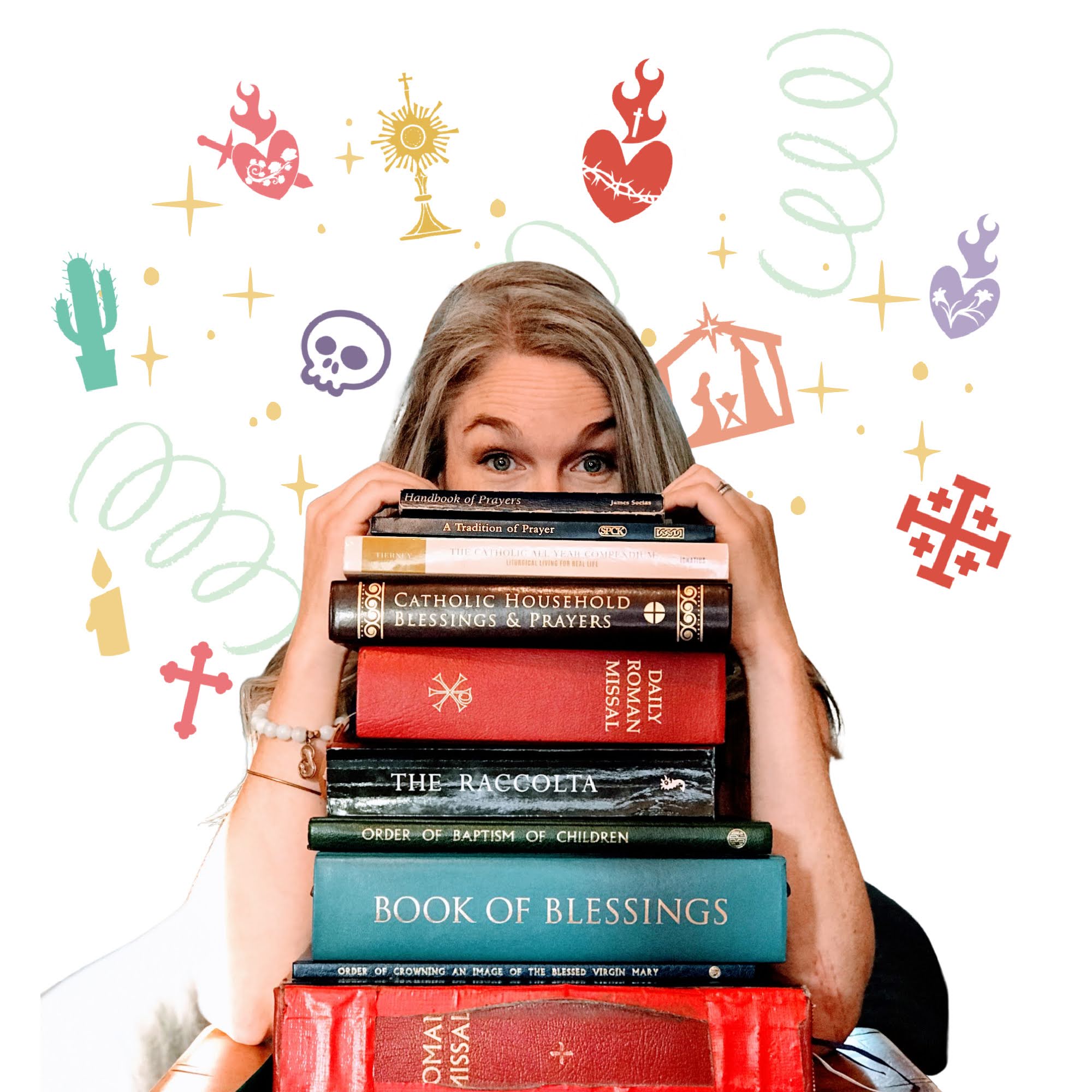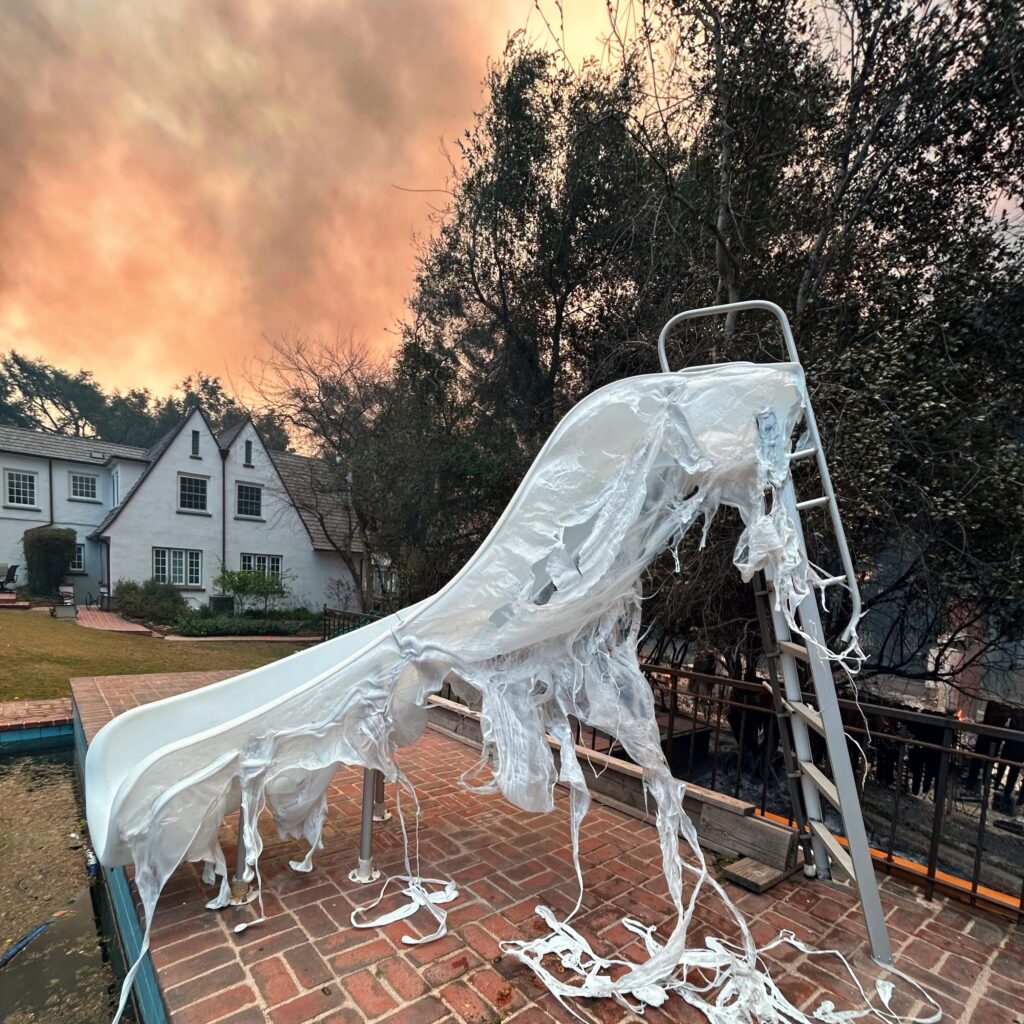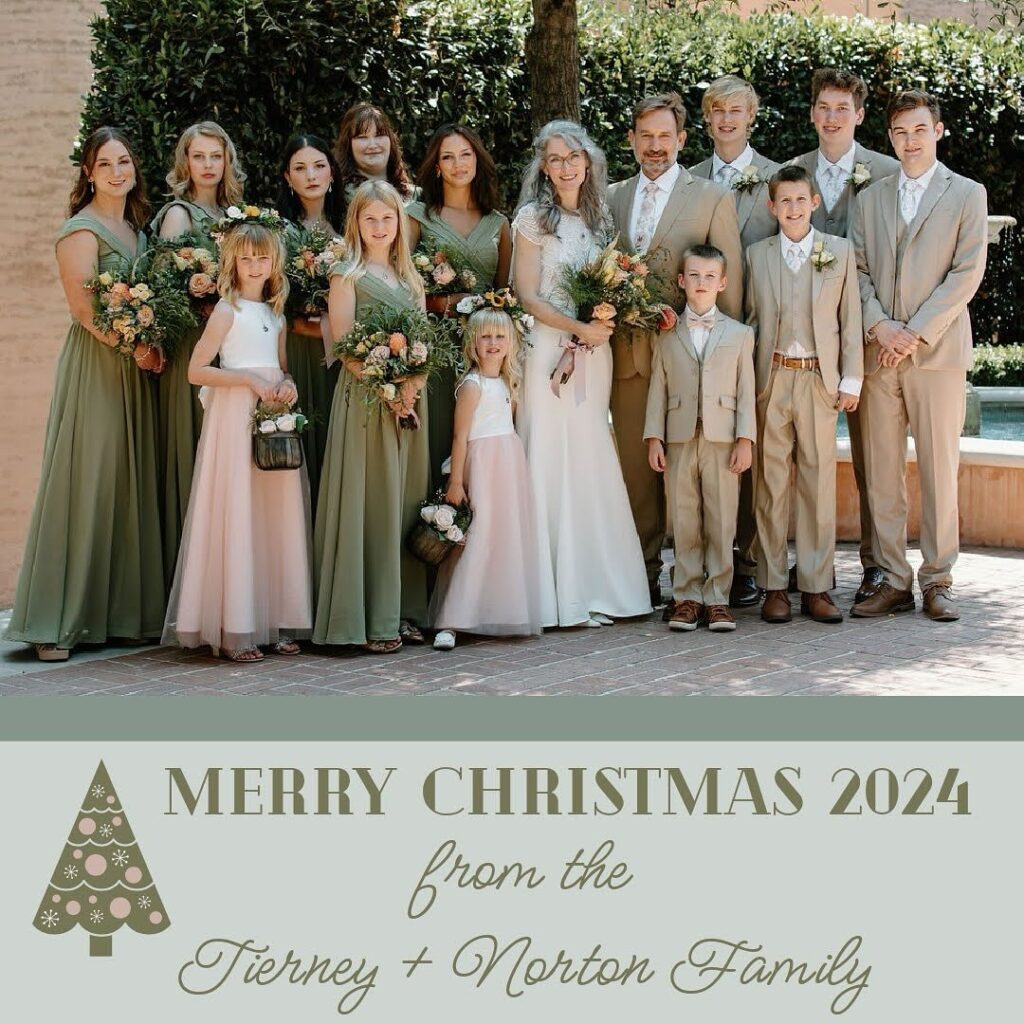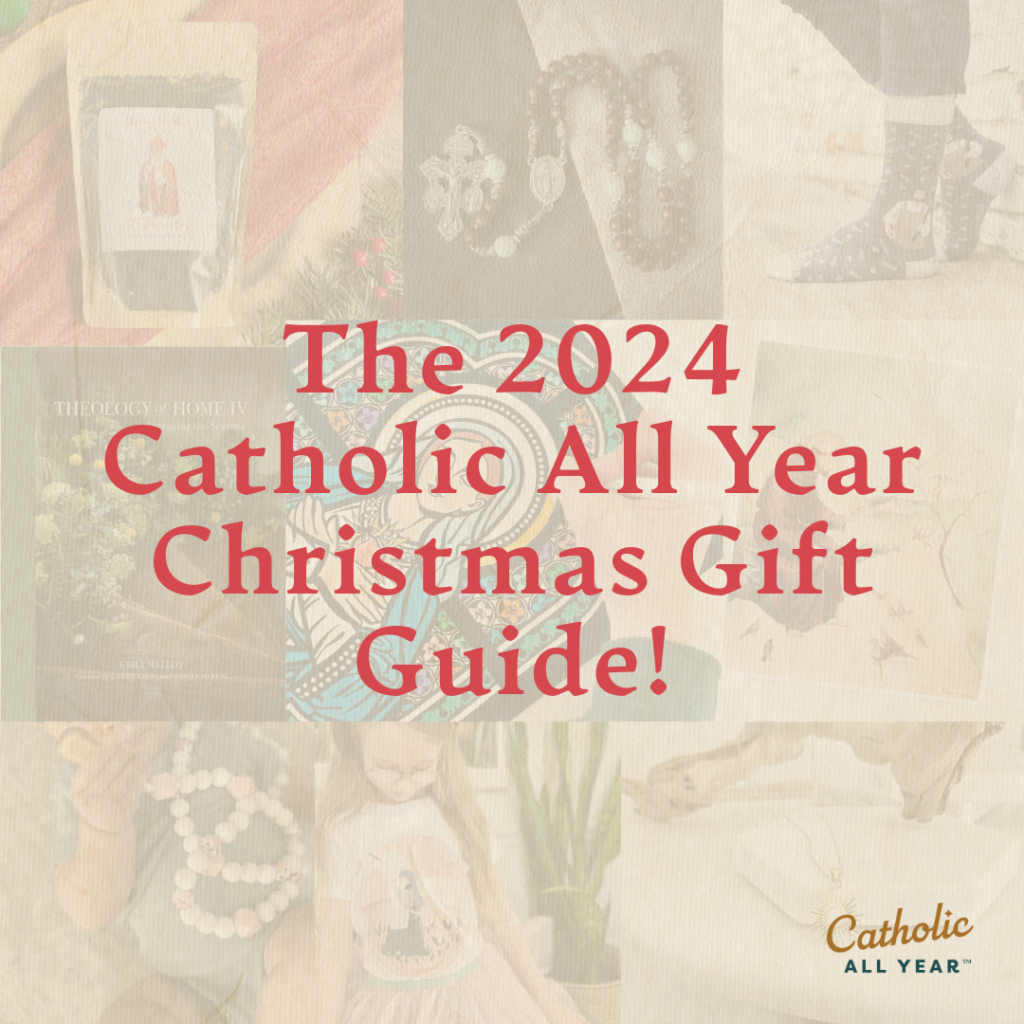In case you prefer watching/listening to reading . . . this post is also available as a video.
Hi, guys, Kendra here. Today we are getting down to basics. Today I’m hoping to answer some questions for you, that are really central to what I do here at Catholic All Year . . .
1. What IS liturgical living in the home?
2. Why should you do it?
3. What is my deal?
Okay, let’s start with number 3. By way of introduction, My name is Kendra Tierney, I’m a wife and the mother of ten kids. Five boys and five girls. Our youngest, Barbara, is two, and our oldest, Jack, is twenty and heading into his junior year in college.
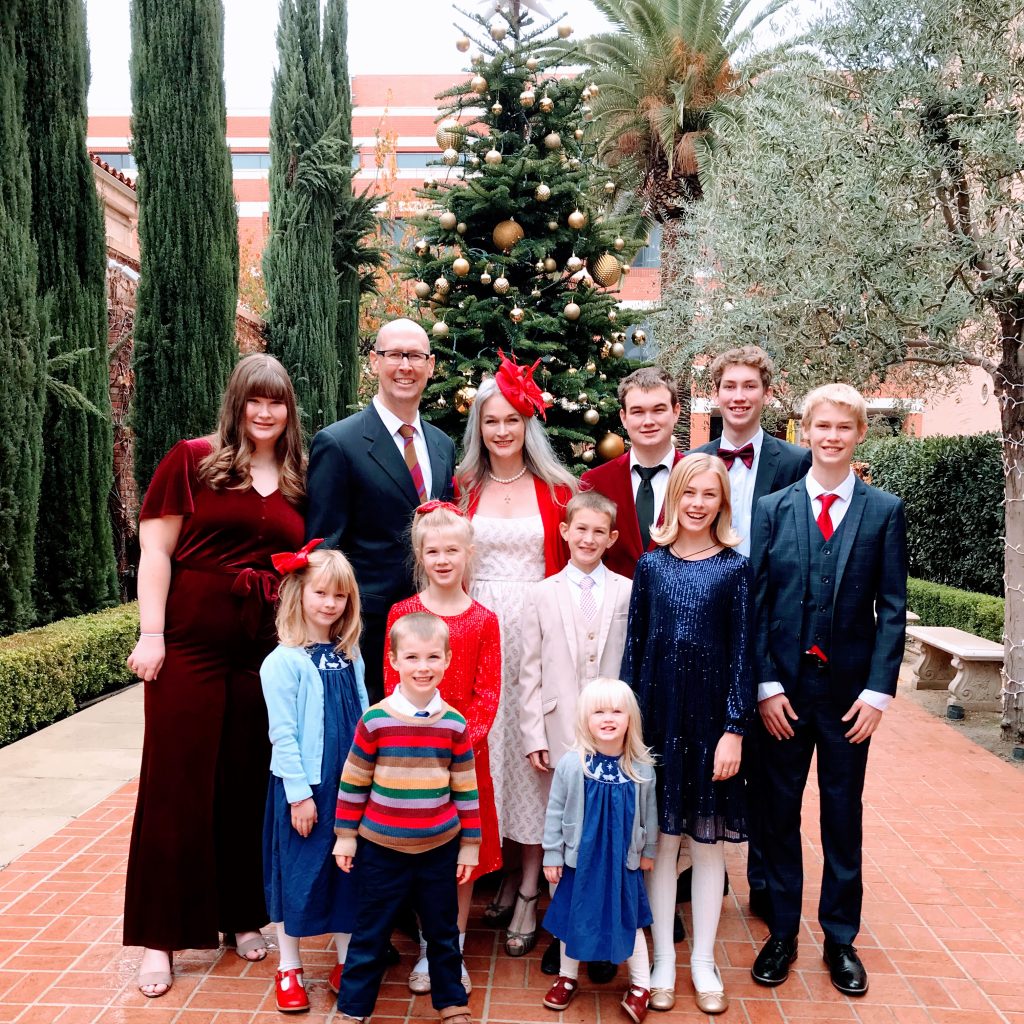
I have a passion for liturgical living in the home, for the seasons and rhythms of the Church year, for saints’ days, and feasts and fasts. Not everybody has a “thing” but I definitely do. And this is mine. When God was making me, he apparently said to himself, ya know, I haven’t put “obscure Catholic traditions” into any of the last few billion people. I’ll just put it all in her.
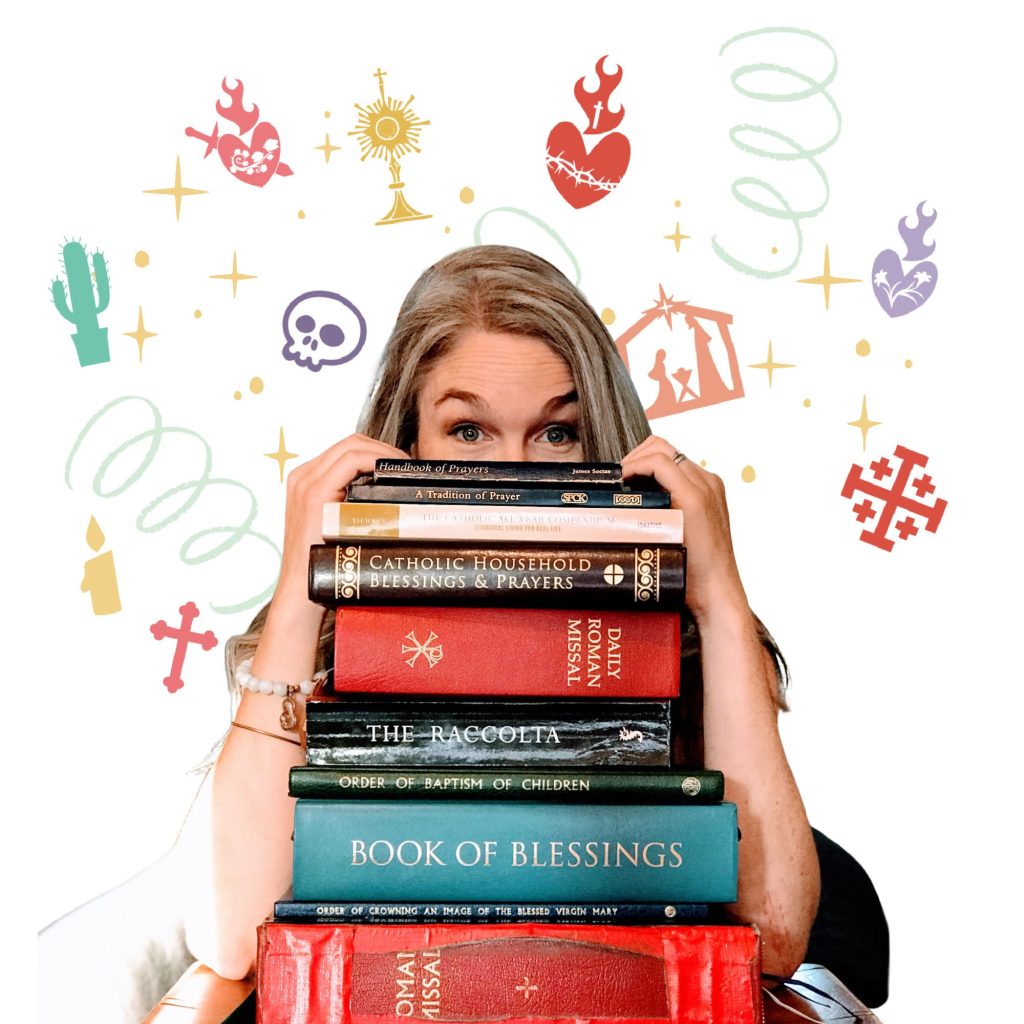
It makes me think of what Jack once said to me about Ember Days. (Read more about Ember Days here.) He said: “I’m not saying you made them up, I’m just saying no one else has ever heard of them.” But, you know, they’re in my book. So there are more people who have heard of them now than there were a few years ago!
So, like I said, my thing is liturgical living in the home. This blog is often about liturgical living in the home, but is also about homeschooling, and parenting, and current events, and whatever else comes into my head, because it’s a blog.
I’ve written books about sacraments for children and devotional practices for families.
You might be familiar with my two books on liturgical living in the home: The Catholic All Year Compendium and The Catholic All Year Prayer Companion. I’ve got a bunch of other books and printable resources, and a wall calendar, and a YouTube show, and they’re all about liturgical living in the home, because my philosophy is that anything worth doing is worth overdoing.
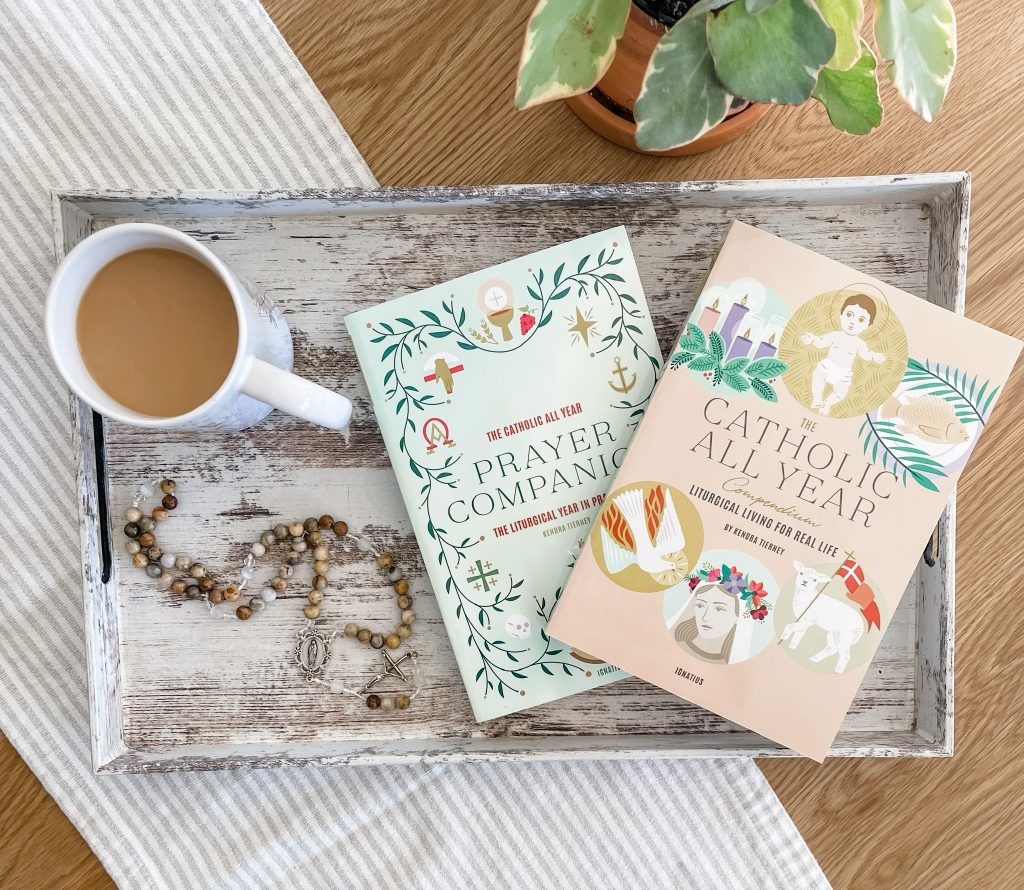
But the great thing about liturgical living in the home is that YOU don’t have to overdo it. YOU can do it exactly the amount that works for you and your family.
And the reason I think you should, and, I hope, the reason you’re reading this today, is because you know that, as parents, we have the primary responsibility for teaching our children about the faith. We might also send them to Catholic school, or religious education, and that’s great, but we are still the primary educators of our kids.
Whatever else we have going on in our busy lives, we also have this really important apostolate: to the people who live in our homes. Whatever my state of life, whatever my other obligations, however many other folks I get to meet and talk to, I have my most important evangelization opportunity right under my nose with the people God put closest to me.
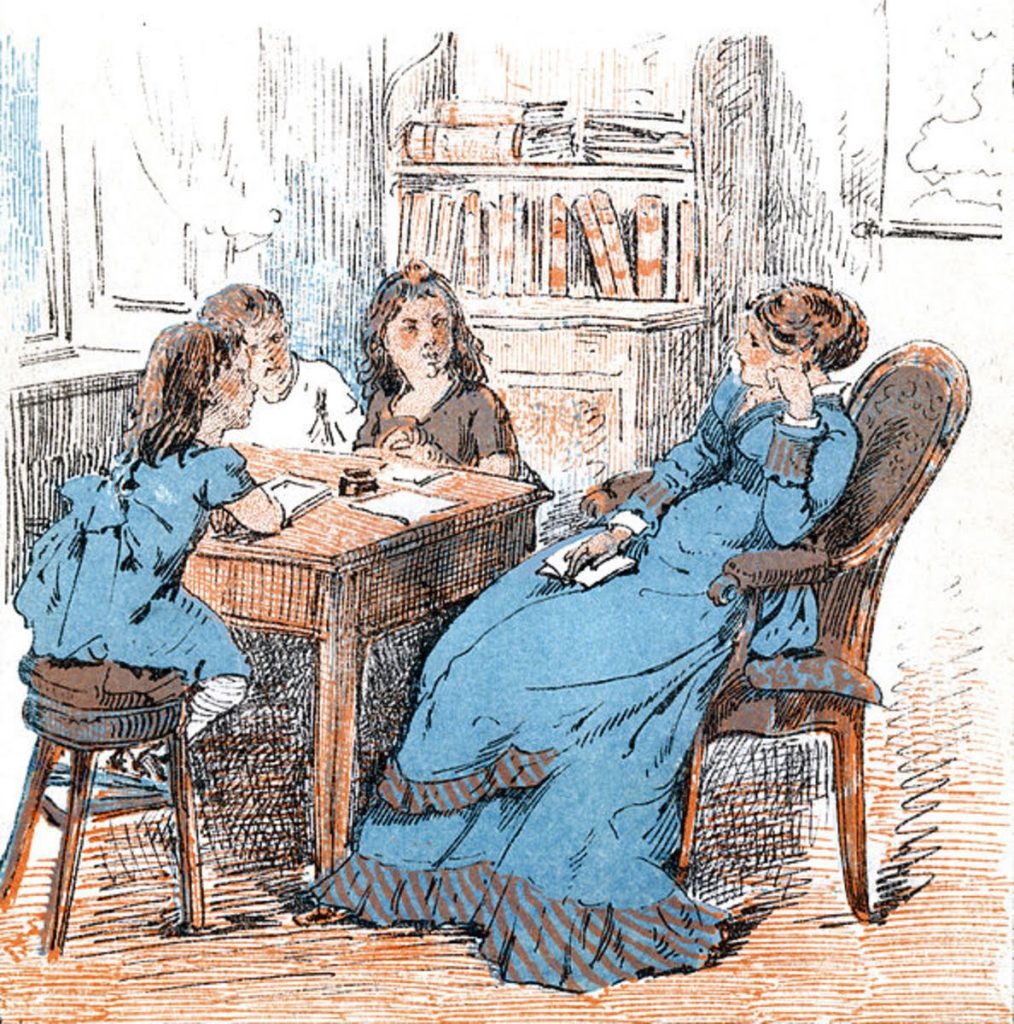
And that is a pretty daunting task, right? It’s scary.
Those of us who have children (or grandchildren, or we work with children), what we want for them is a successful life. But not as the world defines that. For Catholics, a “successful life” means one thing only . . . to get to heaven. And the best way to do that is to baptize our children Catholic, to have them learn about and understand that faith, and have them choose to stay Catholic as adults. To live and die in the faith. That’s the long term goal.
I love this quote by French novelist Leon Bloy:
“The only real sadness, the only real failure, the only great tragedy in life, is not to become a saint.”

And, as crazy as it sounds, I think that eating waffles on the Feast of the Annunciation and visiting graveyards on All Souls Day are really good ways to try to achieve that goal for us and our families of becoming saints.
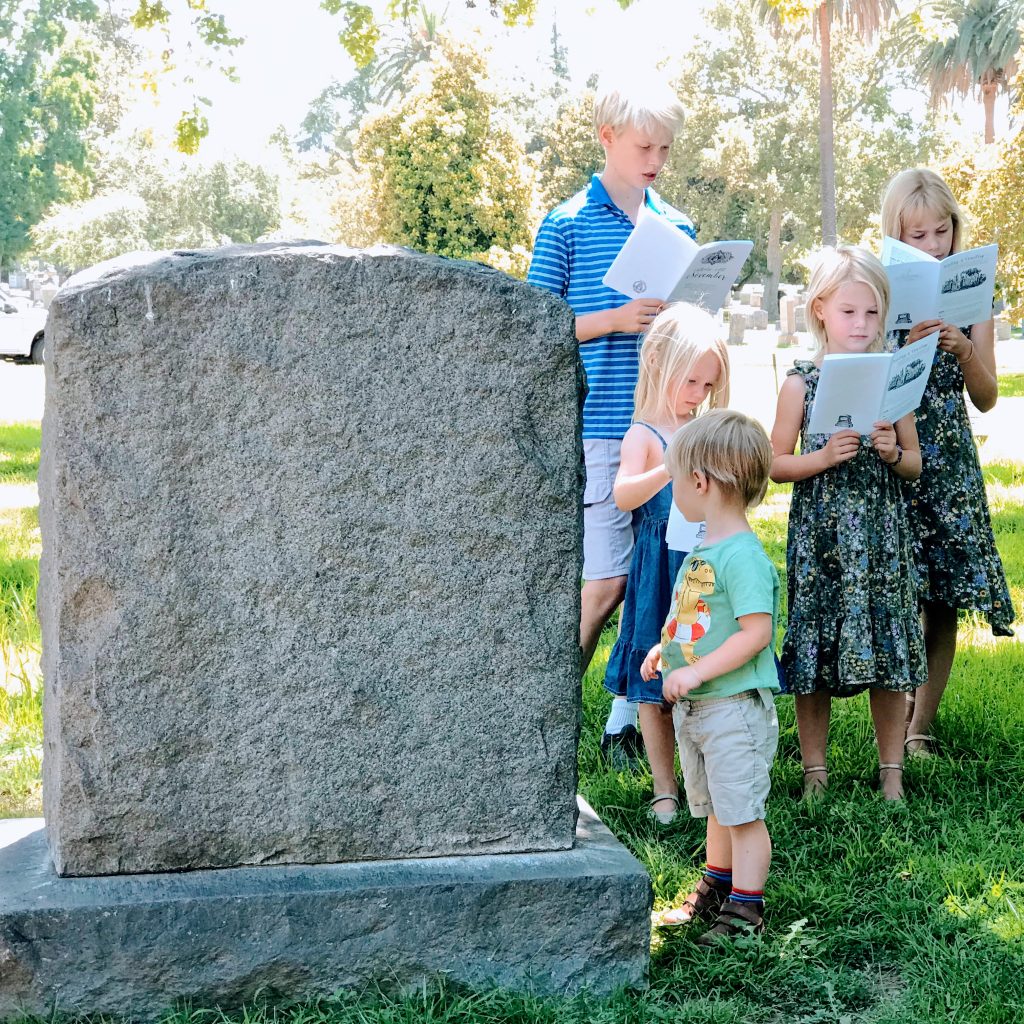
Let’s back up for a minute here. Before we can understand liturgical living we need to understand: What is the liturgical calendar?
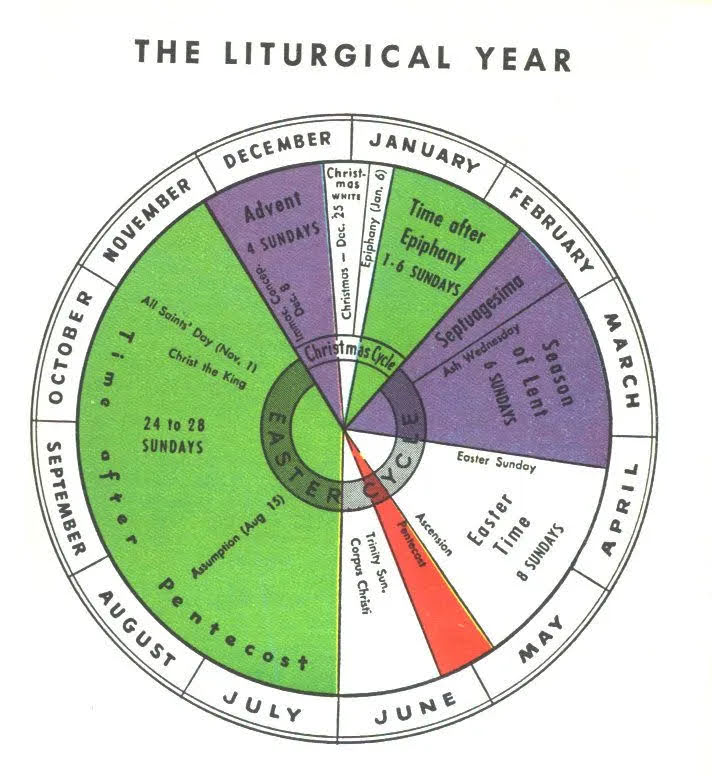
The Catholic liturgical calendar is . . . a calendar telling us when we observe the seasons and months and days of the liturgical year. The liturgical calendar has the seasons of Advent, Christmas, ordinary time, Lent, Easter, ordinary time. The regular calendar has October and November, the liturgical calendar has the month of the Rosary, and the month of the Holy Souls in Purgatory. It also has holy days: feast days celebrating the saints, and important events in the lives of the Holy Family and the early Church. There are days for feasting and days for fasting, seasons for preparation, for penance, for celebration.
Liturgical living is the way we approach those days and seasons, particularly in regards to the Mass. We see different colors of vestments on our priests, different decorations in the church, we hear different hymns. Liturgical living in the HOME, is specifically a focus on bringing those observations and devotions associated with specific seasons and months and days home with us from Mass, so they are part of our daily lives and part of our family.
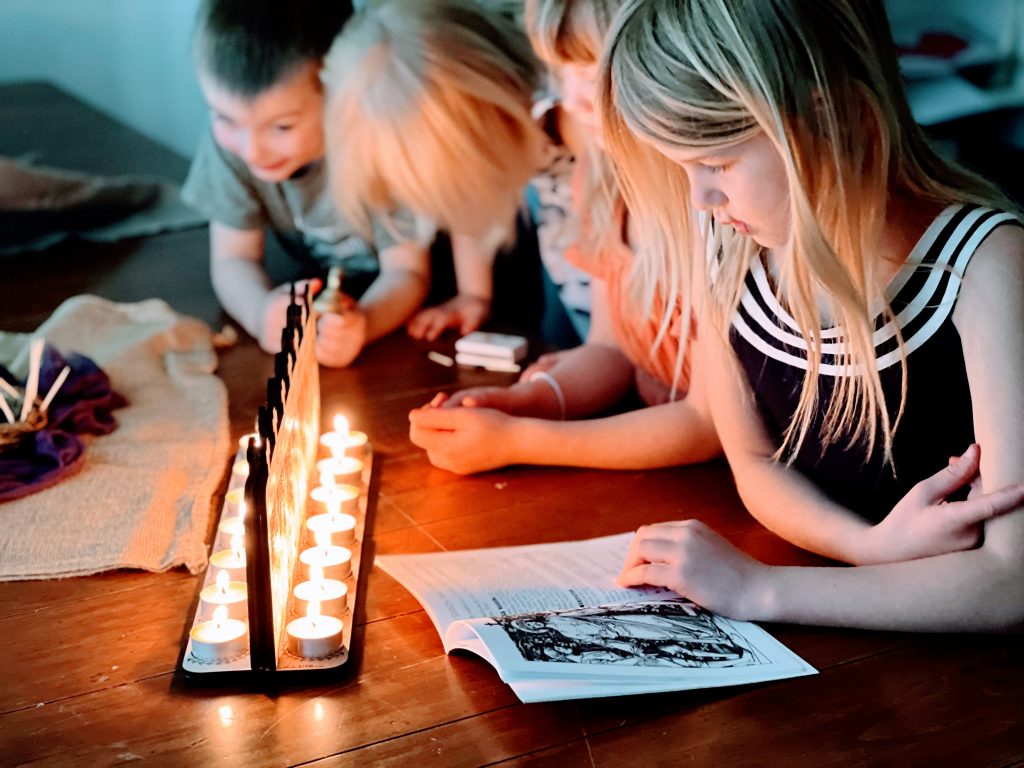
Why liturgical living in the home?
There are three main reasons:
1. Catechesis
2. Family Culture
3. Catholic Identity
We are the primary educators of our children. But that doesn’t necessarily mean we are sitting down with them for formal catechesis lessons. Liturgical living is a way to learn about the saints and rhythm of the Church year in a way that seems fun and natural.
It makes our faith part of everyday life, all week, all year.
My recommendation is always to do the things you already do, but just tweak them to reflect the feast day, or the season. I like to call this approach “sneaky catechesis” because it doesn’t feel like a religion class, it feels like a fun family activity. But anything you are usually doing with your family: crafts, coloring pages, books, foods, movies, outings, etc. can all be opportunities to learn about a particular saint or event.
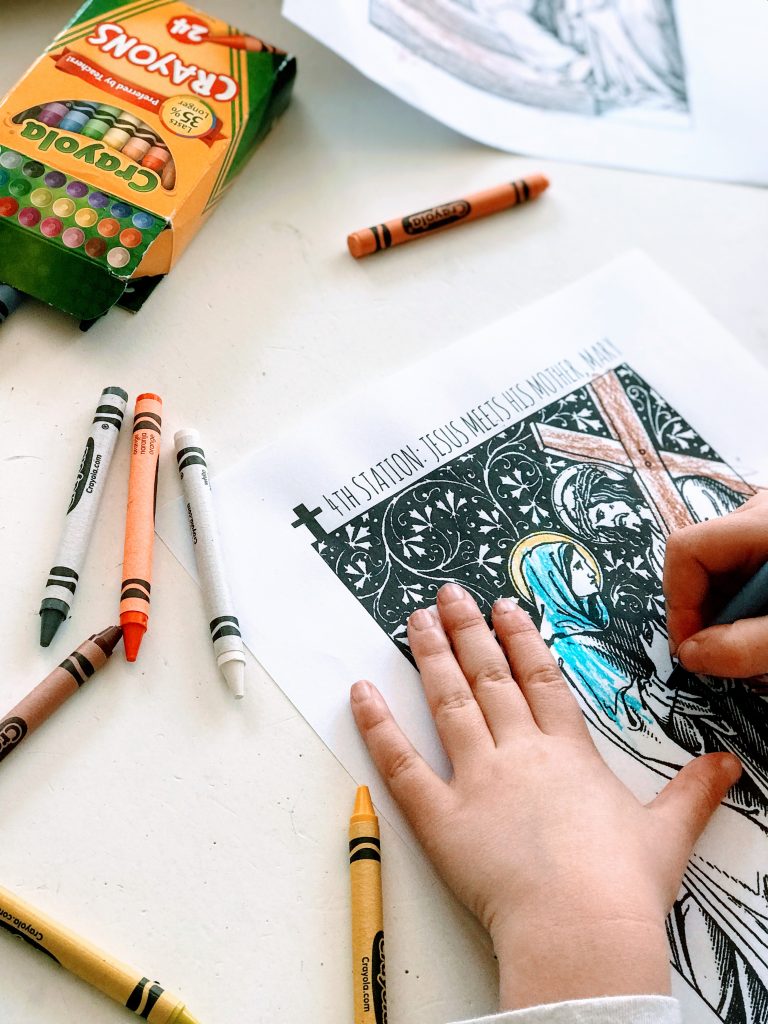
Now because, to be honest, we don’t do a ton of arts and crafts at my house, most of our liturgical living in the home is based around meals. Because that’s what WE were going to be doing anyway. So ours is a dinner-table based system, which I think is a particularly good one because at dinner it can involve everyone: dad and big kids are home from work and school, the littlest kids are up from naps and not yet down to bed. Family dinners are really a “sweet spot” for our family. And we’ve made a commitment as a family to prioritize that time together.
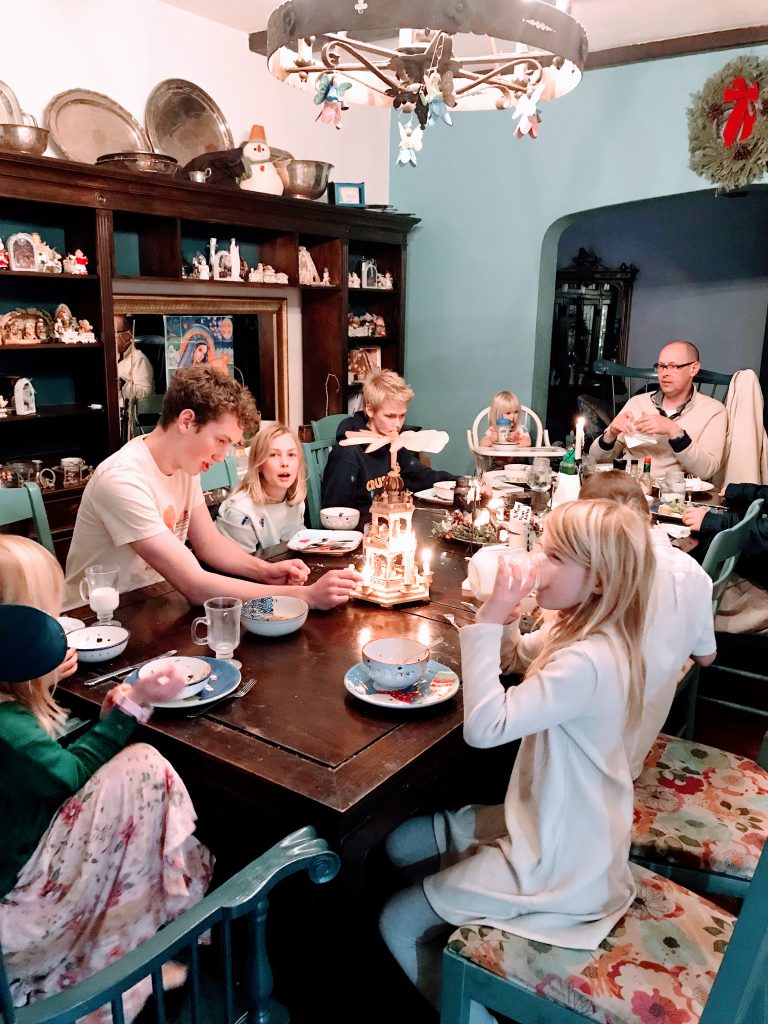
Let’s break this one down too. There are three components of this dinner-table-based catechism:
Food, Prayer, and Conversation.
First, let’s talk about food.
If I can take a peek at the upcoming feast days on the liturgical calendar when I’m doing my meal planning for the week, I can plan to have a meal that’s traditionally associated with a particular saints’ country, which can be as easy as spaghetti for one of the many, many Italian saints, or tacos for the Mexican martyrs. Or something fun like silver dollar pancakes for the feast of St. Matthew, the one-time tax collector. Or something really crazy and complicated like turducken for the feast of the Holy Trinity. (Get it? Three meats in one meat?)
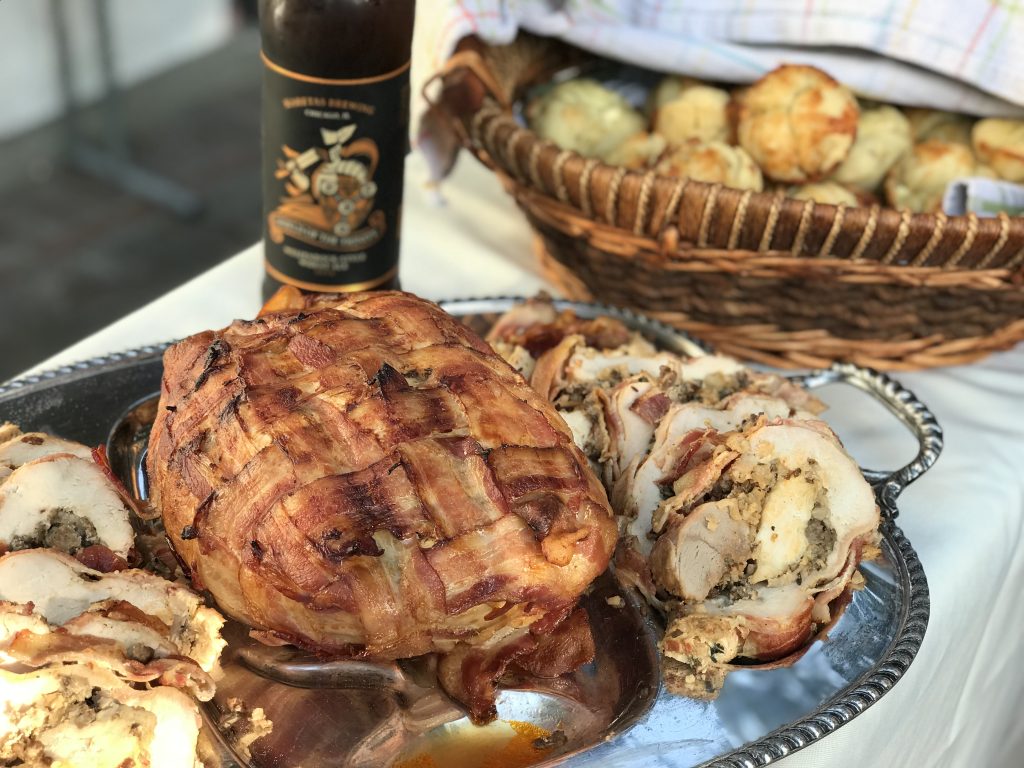
Or maybe things are busy and we don’t have a special meal, but I plan for us to have dessert in honor of a feast day.
Second, prayer.
There are so many beautiful prayers and amazing devotions in the Catholic Church. It would be literally impossible to get to all of them every day. But that’s the great thing about the liturgical calendar. Even if I don’t pray for the holy souls every day, I can make a point to do it in November. I might not think about Jesus’ Holy Name every day, but I can make a point of doing so in January.
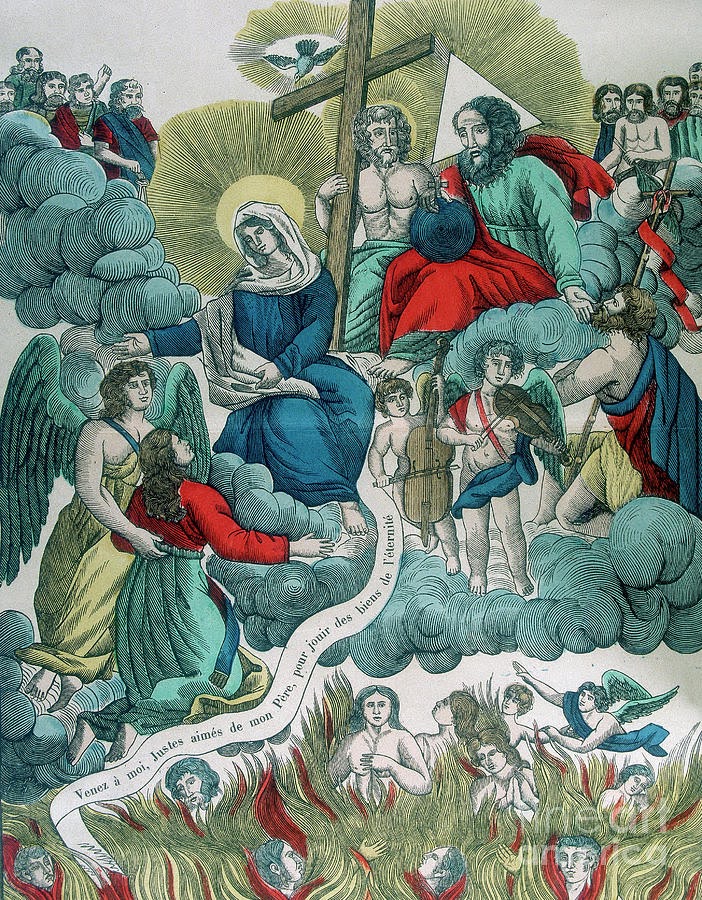
Liturgical living can give us a sampler of all these different types of devotions and ways of praying. The ones we like best can be incorporated more often. Others maybe we won’t try again for a whole year, but then that month or day comes around again and we do. It’s a great way to introduce different devotions to kids, and for them to get exposed to them at different ages and be able to appreciate them differently.
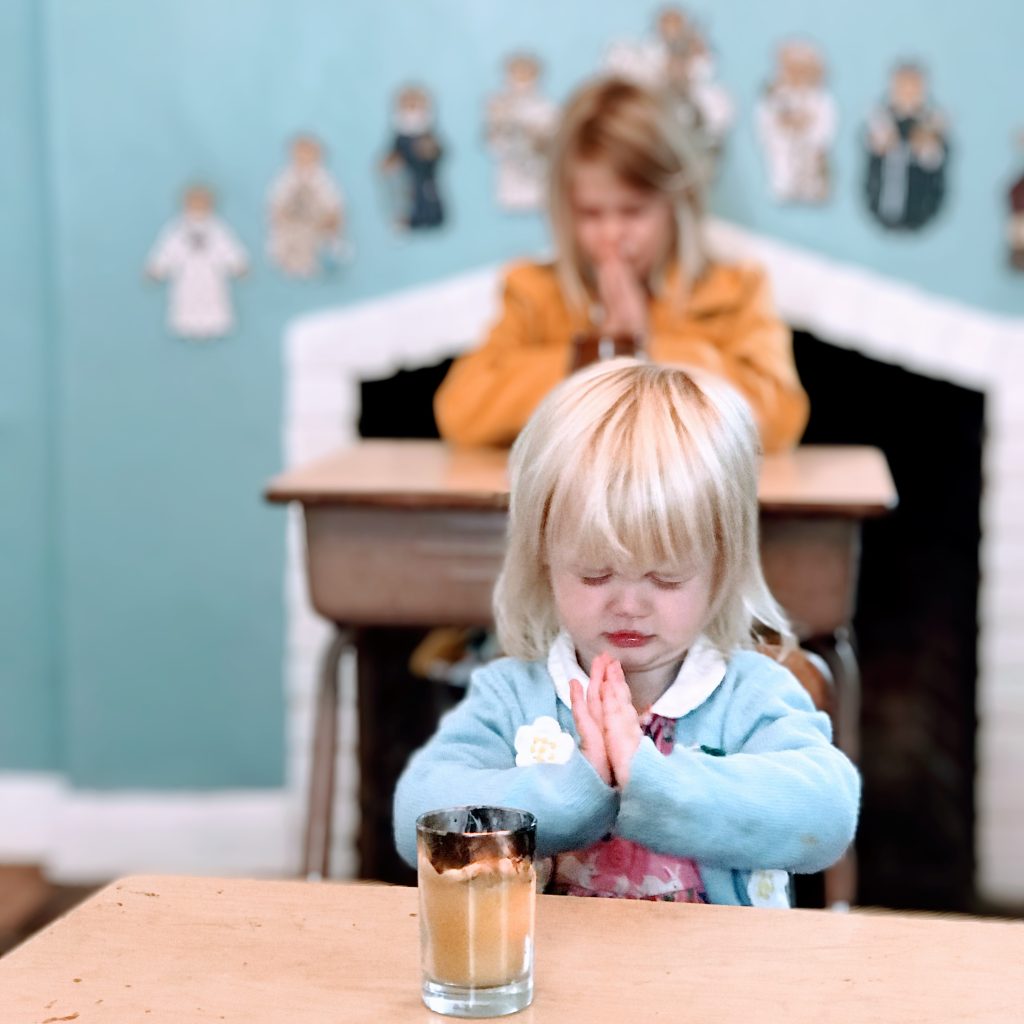
We include special prayers or blessings or Bible readings or devotions associated with the saint or the month or the season when we ask God’s blessing before meals.
So that’s food and prayer, and third is conversation.
And that’s really where liturgical living in the home shines. Over dinner we have a conversation about the life of the saint, or the Bible event. If I don’t know too much about it, I can look it up in a book or on my phone ahead of time. And without too much advance preparation, the whole family is getting to know more about the saints and Church history.
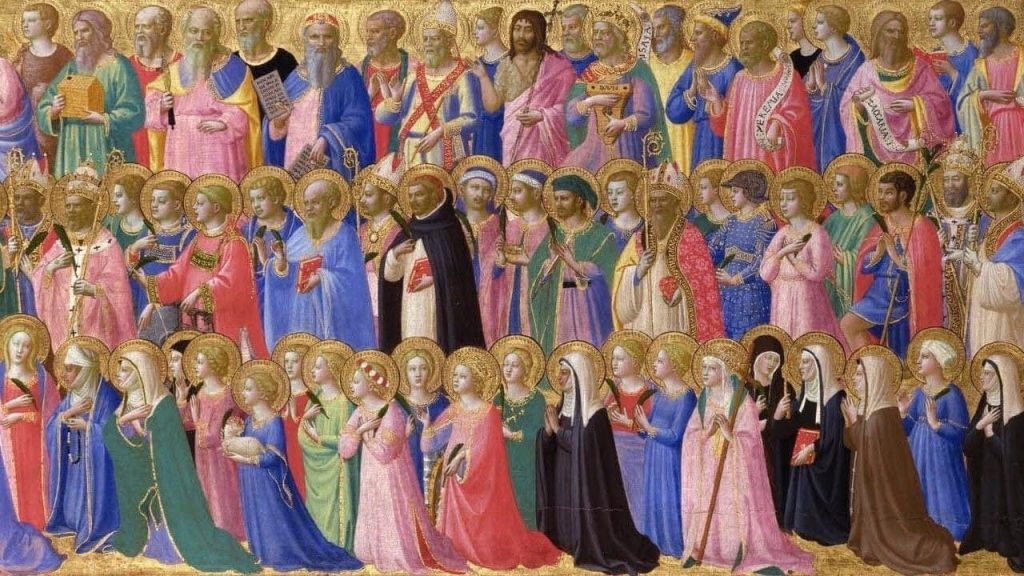
We are learning about miracles, and suffering, and sacrifice. We are hearing about how wildly different the saints are from one another. We are finding some saints that seem a lot like us, and some that are so different. It really makes you realize how there is no one way to get to heaven, no one way to be a saint.
It is a great way to learn saints’ lives and Bible history, and Catholic doctrine, all in little bite-sized chunks spread over the year. I always talk about how it’s my kids who are learning, but pretty much everything I know about the Catholic faith, I’ve learned because my kids asked me a question I didn’t know the answer to, so I had to say, “I don’t know, but I’ll find out.” And then actually do it!
All of us are (hopefully) raising our kids in a counter-cultural way. (Or are planning to!) What we want is for our kids to not be beholden to the whims of the current culture, but rather to be able to be a discerning member of our current society, to appreciate the good and reject the bad. Liturgical living in the home has been really instrumental to our family in helping to create a strong family culture and to help protect our kids from various ills of the current age by a focus on eternal truths. And a strong Catholic identity.
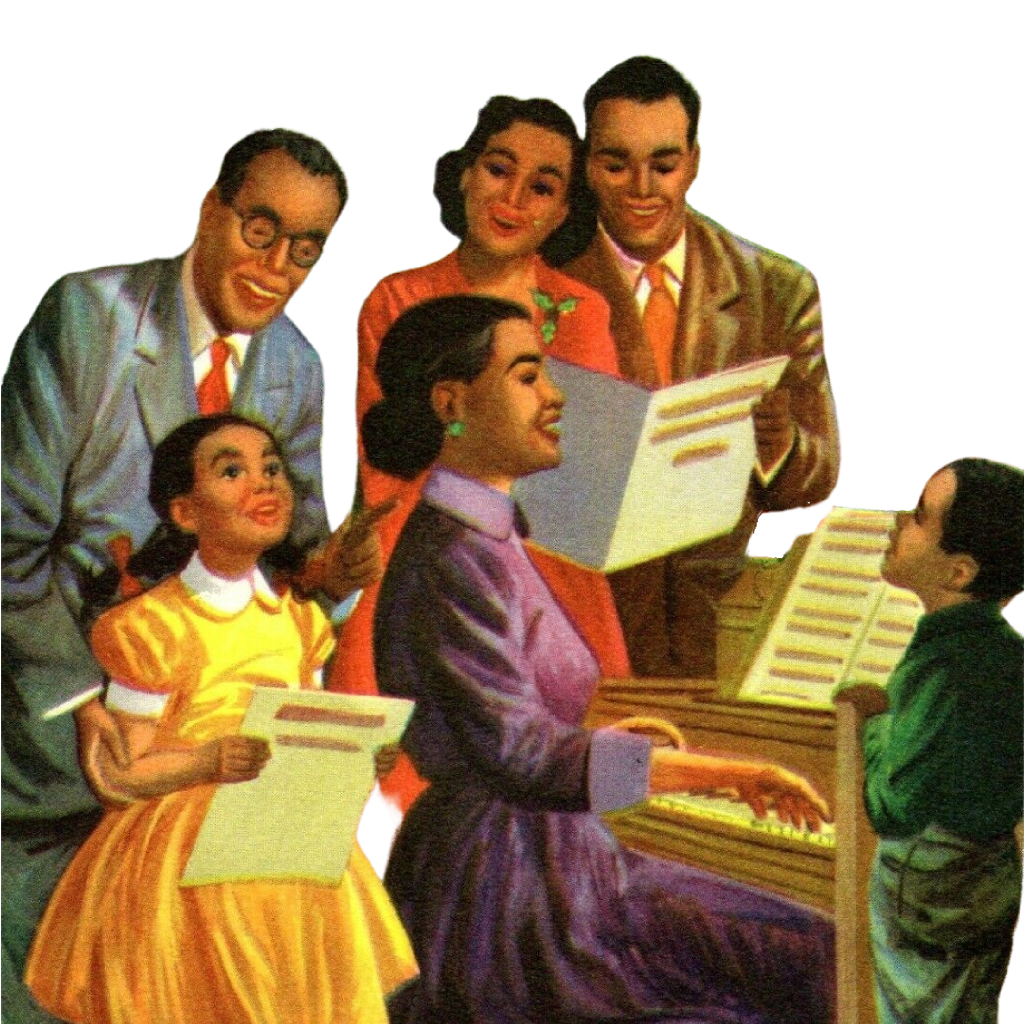
Our family’s Catholic Identity mean “faith” isn’t a box you check on a hospital admittance form.
Isn’t just Christmas and Easter.
Isn’t just Sunday.
It’s who you are, your whole life, every day, every week, every year.
Catholic family, Catholic friends, Catholic traditions makes walking away from the Catholic faith that much more difficult. Just about everyone who has been raised Catholic has had moments of doubt or darkness. I’m sure my kids will face the same, but my hope is that the catechesis we’ve had means they really understand what Catholics believe—and so so many Catholics do not. And the family culture will mean they won’t easily succumb to outside pressure to do what everyone else is doing. And the Catholic identity means that even when it’s hard, they will want to stay Catholic, that will mean something to them.
Catholicism won’t just feel like one choice among many.
Have I convinced you? I hope so.
It’s such a big topic, I couldn’t cover everything in one go. So for more details on exactly how to implement all of this, I recommend checking out my books or blog or social media accounts.
But the super short version is . . .
- Get a liturgical wall calendar. Put it where you can see it.
- Pick days you want to celebrate with your family or friends. I have found it works well to start with what I like to call the “The Special Days” for each person in our family. That means in addition to birthdays, which you’re probably already celebrating, you also observe a special day in honor of each person’s baptism day and saint’s name day or patron saint day. It’s a simple way to encourage a relationship with your family’s patron saints and to demonstrate with our actions that we believe that baptism is important. If we believe what we say we believe about baptism, we would certainly give that day as much—if not more—attention than our birthdays!
- Pick those days, and put them on your wall calendar and in your phone with a reminder ahead of time.
- Do things you would normally do: food, prayer, conversation, books, field trips, parties, crafts can all be tweaked to fit with the day. Our “three special days” observances are pretty simple, basically it’s just getting to choose entertainment or activities where applicable, a special meal, and lighting a baptism candle.
- Don’t try to change your entire family routine and your personality all in one swoop.
I like to overdo things. If you follow me on instagram you are probably aware of this.
But YOU don’t have to overdo it. Baby steps are awesome. Try things to see how they work for your family. It’s always better to start small and simple and add more over time. Cut yourself some slack in challenging seasons of life.
A very convenient thing about the liturgical year is that it comes back around every year!

Ready to get started? I hope so. And Catholic All Year is here to help you get started or go deeper with books, calendars, free resources, memberships that include recipes and hymns and monthly prayer booklets, and subscription boxes that will ship liturgical living right to your doorstep. I’ve also got YouTube videos with ways to understand and observe particular feast days in your home and with your family and community.
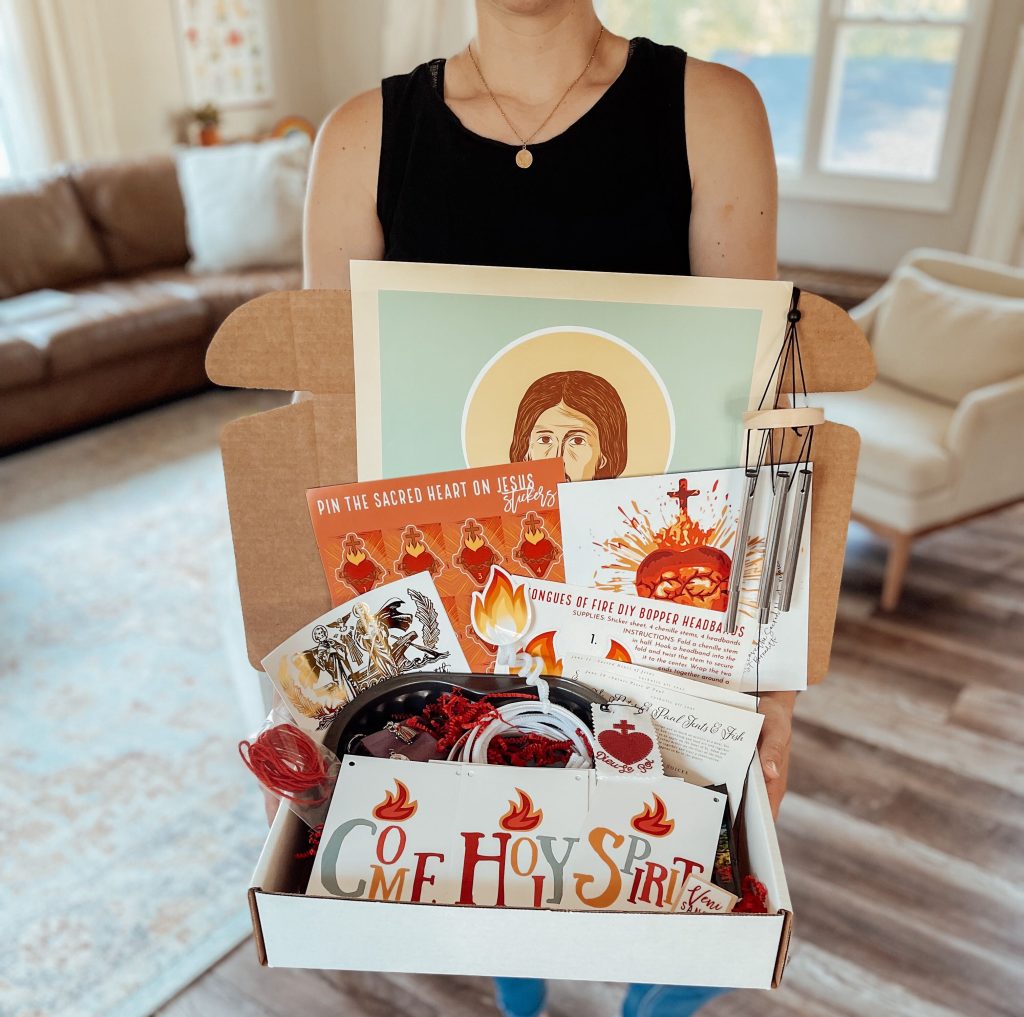
There are plenty of different ways to approach faith formation. This particular approach to catechesis and family culture and Catholic identity isn’t necessarily going to be exactly the right approach for every person and every family, but it really has been a beautiful and meaningful part of my life and my family. So I hope you’ll give it a try. And that’s it! You can do it!
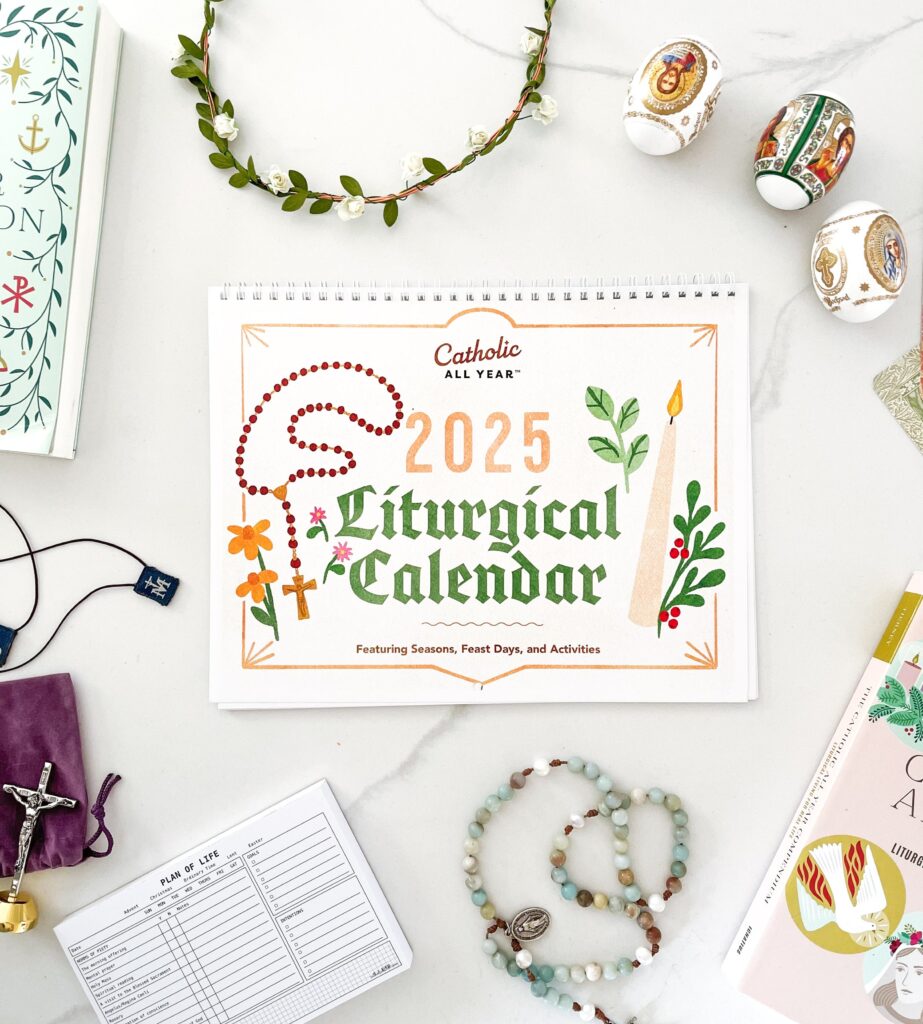
Grab a wall calendar here!

